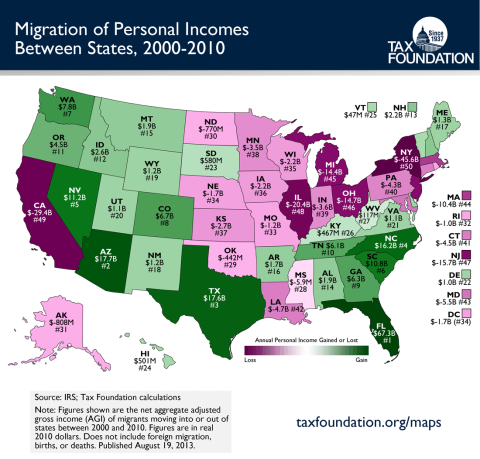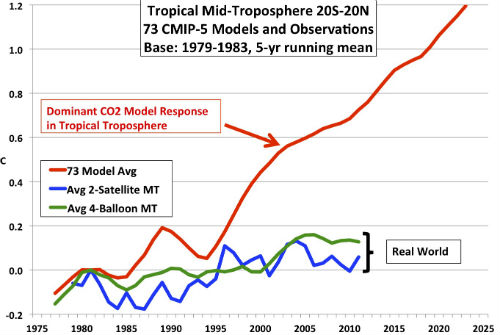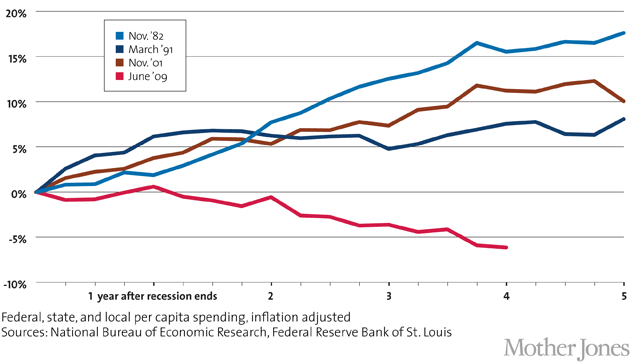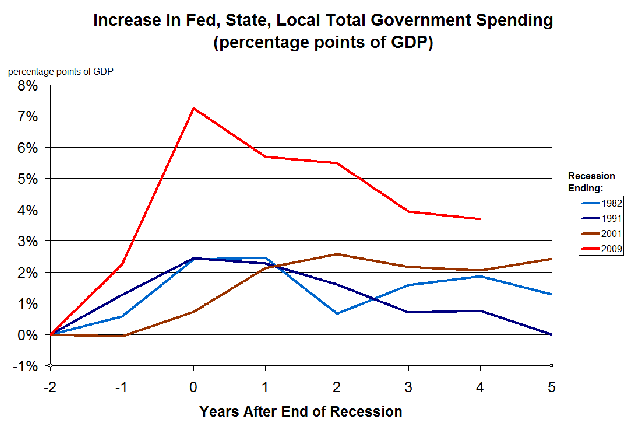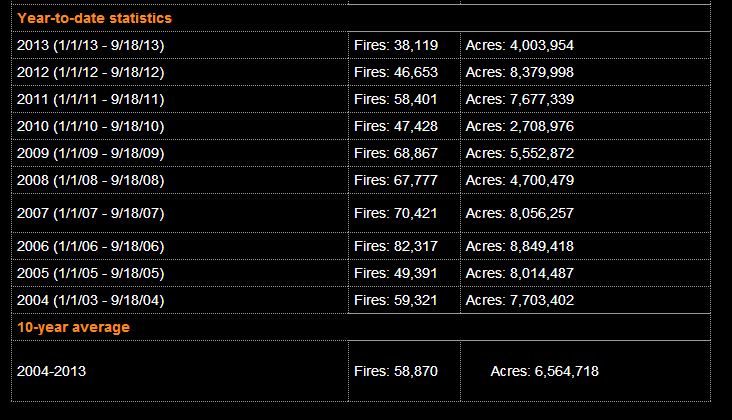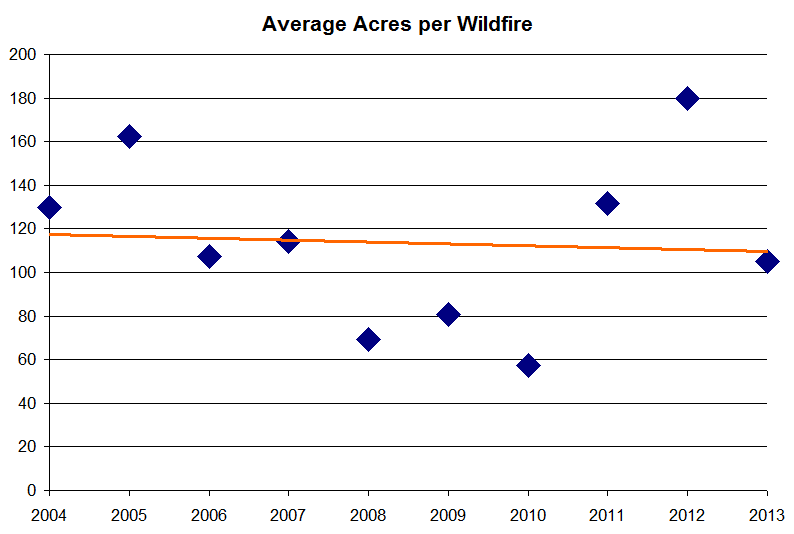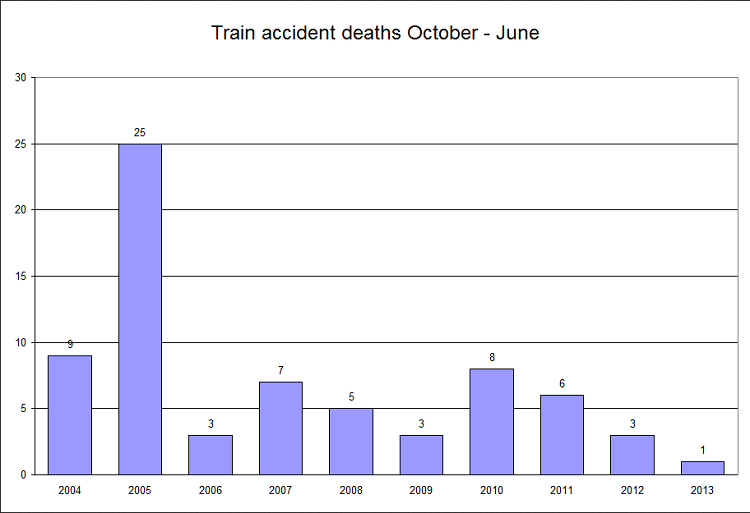In Maclean’s, a look at the feel-good but economically silly reasons for senior discounts:
The seniors discount has long been justified as a way to recognize the constraints faced by pensioners stuck on fixed incomes, and as a modest token of appreciation for a lifetime spent paying taxes and contributing to society. And for those truly in need, who would quibble? But with half a million Baby Boomers — a group not known for frugality or lack of financial resources — turning 65 every year for the next few decades, the seniors discount is in for much greater scrutiny.
[…]
There was a time when the seniors discount made a lot more sense. In the mid-1970s, nearly 30 per cent of all seniors were considered poor, as defined by Statistics Canada’s low-income cut-off. But today, this has fallen to a mere 5.2 per cent. The impact of this turnaround is hard to overstate. Seniors once faced the highest rates of poverty in Canada; now they enjoy the lowest level of any age group: The poverty rate among seniors is almost half that of working-age Canadians.
Thanks to a solid system of government support programs, the very poorest seniors receive more income in retirement than they did when they were of working age. The near-elimination of seniors’ poverty is widely considered to be Canada’s greatest social policy triumph of the past half-century.
This tremendous improvement in seniors’ financial security has dramatically changed the distribution of income across age categories, as well. In 1976, median income for senior households was 41 per cent of the national average. Today, it’s 67 per cent. Over the same period, median income for families where the oldest member is aged 25-34 has fallen in both absolute and relative terms.
Then there’s the vast wealth generated for the Boomer generation by the housing and stock markets (only some of which was lost during the great recession). The stock of wealth in housing, pensions and financial assets held by the average senior family is nearly double that of working-age households. Accounting for the financial benefits of home ownership and rising house values, Statistics Canada calculates the true net annual income of retired households rises to 87 per cent of a working-age household’s income. In other words, non-working seniors are making almost as much as folks in their prime earning years, but without all the expenses and stressors that go with a job, children at home, or middle age. Not only that, the current crop of seniors enjoys historically high rates of pension coverage. The much-publicized erosion of private-sector pensions will hit younger generations who are currently far from retirement.

